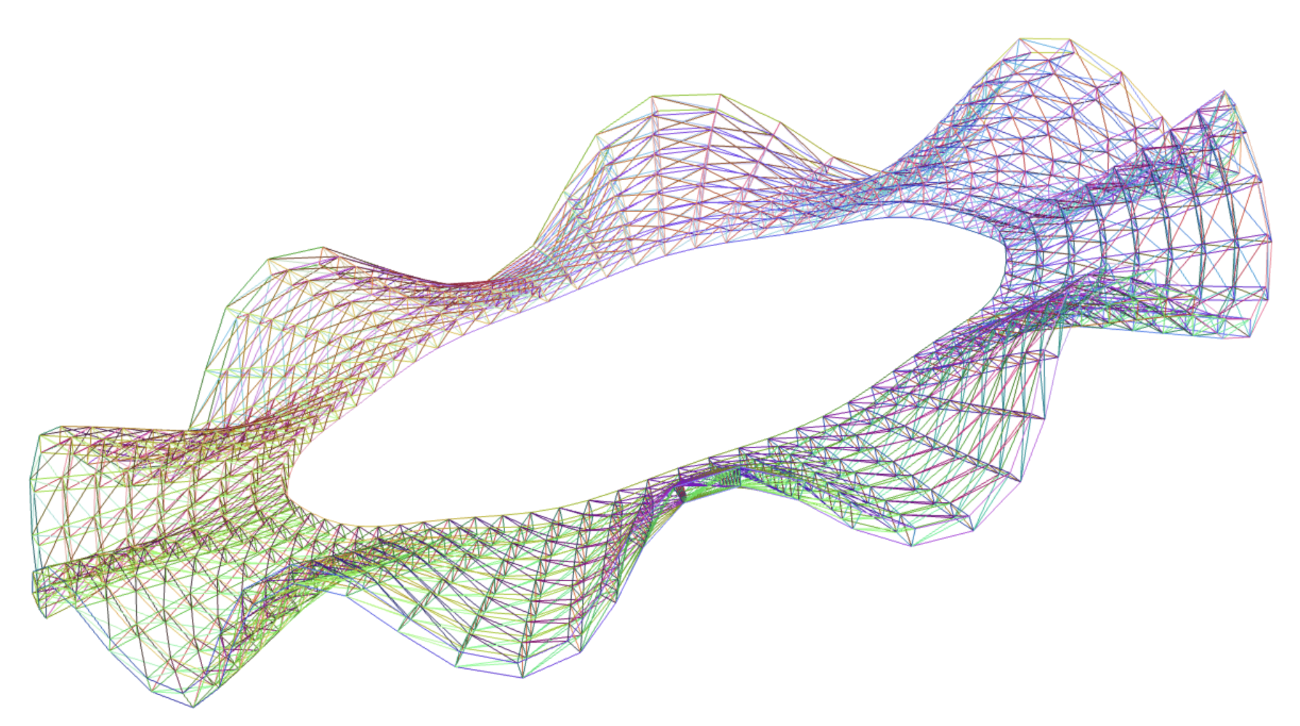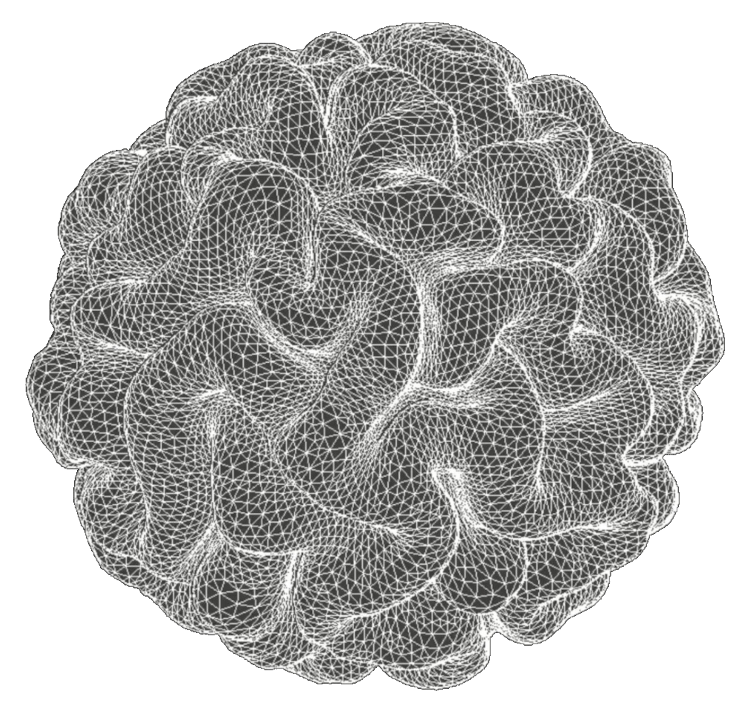Computational model of brain development
A computational model of brain development and folding
Our project will provide an unprecedented multimodal description of brain development during folding. All data will be used to build a baseline computational model of brain folding, integrating both mechanical and molecular hypotheses.
Biomechanical model of brain folding
In previous work, the computational model integrates only mechanical forces.

Biomechanical model of brain folding
Roberto Toro
Roberto Toro has developed the first biomechanical model of brain development showing how growth can trigger mechanical instabilities which constrain and guide developmental and evolutionary processes. You can explore one of the models online.

Mechanical morphogenesis
Roberto Toro
Out of homogeneous growth, mechanical morphogenesis can induce the segregation of the neocortex into mechanical and geometric modules – the neocortical folds. Through the feedback of physical forces on developing tissue, these modules can influence the differentiation and wiring of the neocortex, having a causal role on neocortical development, and providing adaptable and robust units for its evolution. More detail can be found in this theoretical paper.